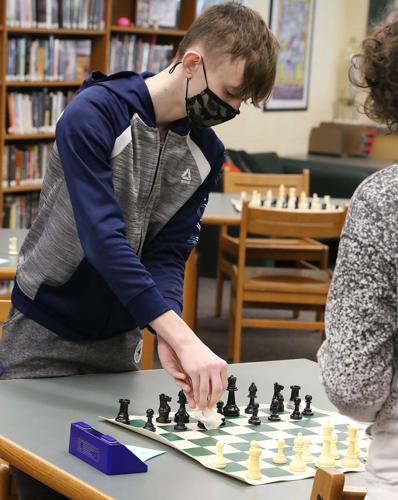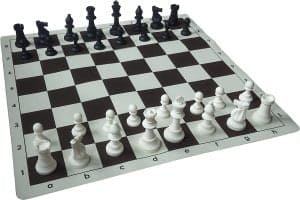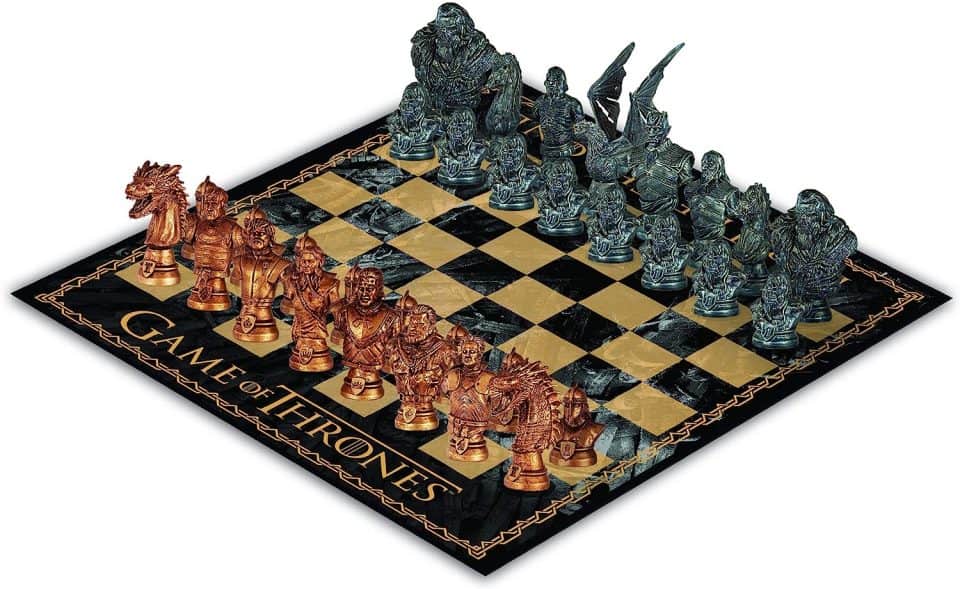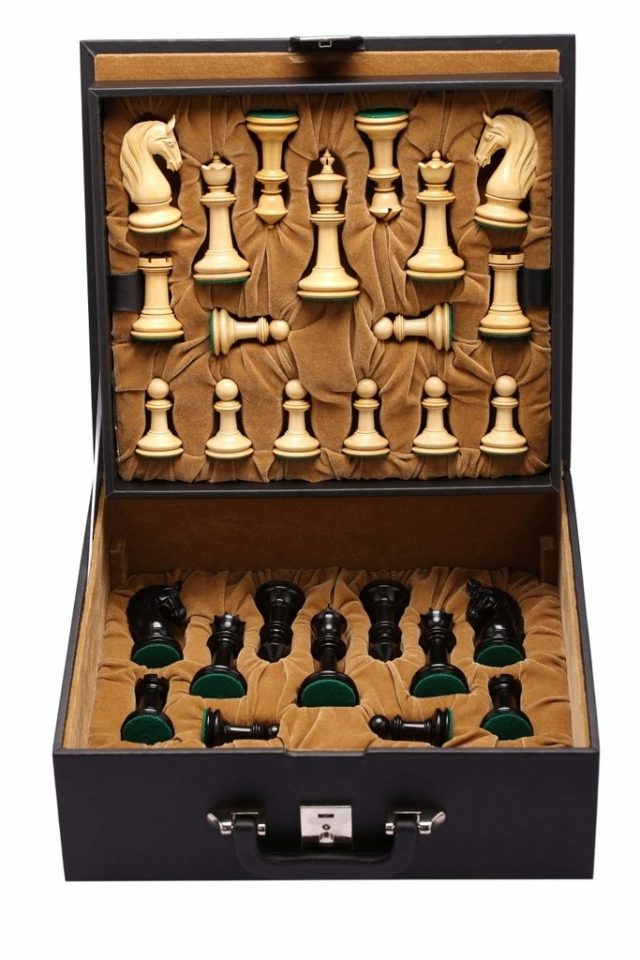Chess sets come in all sorts of materials to accommodate players of various styles and skills levels, with wooden sets still dominating, yet metal and plastic pieces also increasing in popularity rapidly.
If you want your chess set to last for years to come, caring for it properly is key. Neglecting it can lead to damage, fading, and wear that ruins both the look and playability.
Here are some practical steps to take good care of your chess sets:
Clean The Chess Pieces After Use

After each use, wipe down each chess piece with a soft, dry cloth to remove oils and dirt. For stuck-on grime, use a damp cloth and gently scrub off any residue.
Avoid submerging the pieces in water, as this can damage the felt bases.
Every few months, thoroughly polish your (wooden) chess pieces with a specialized chess piece polish or mineral oil. Apply with a soft cloth, rubbing in small circles.
The polish will moisturize the wood and restore the natural sheen.
Clean The Chess Board
Dust your board regularly using a dry, soft piece of cloth. If your chessboard gets scratched, you can clean the smudges with a little damp piece of fabric.

Avoid harsh chemicals, abrasive cleaners and excessive heat or moisture which can cause damage. Keep your board out of direct sunlight when not in use.
Keep your chessboard dry at all times and avoid any form of exposure to water. Water damages the board, and you do not want that.
Store Your Chess Set Safely
The best way to store your chess set is in its original box with each piece in its molded compartment. This prevents pieces from scratching or damaging each other.

The box also protects from environmental factors like dust, humidity, and temperature changes that could cause damage over time.
If you don’t have the original box, a wooden storage chest with individual compartments for each piece is ideal. Look for a chest made of cedar, cypress or redwood which have natural oils that repel insects.
For extra protection, you can wrap each chess piece individually in acid-free tissue paper before putting in the storage box or chest.
This is especially useful for intricately carved sets. The tissue prevents pieces from directly contacting each other and absorbs excess moisture. Replace the tissue every 6-12 months to ensure it stays dry and clean.
Never expose your chess set to direct sunlight for long periods of time. UV exposure can cause pieces to fade, discolor or become brittle over the years.
Keep the set in a closet, cabinet or other spot away from windows. Wooden chess sets need to be kept in a stable environment with moderate humidity.
High humidity can lead to swelling, mold growth and warping. Low humidity can cause wood to dry out, crack and split.
Repairing Common Chess Set Damage
Over time and with frequent use, chess sets can suffer minor damage and imperfections that affect their appearance and functionality. Luckily, many of these issues can be easily repaired at home.
Scratches And Dents In The Board
The chessboard surface may get scratched, dented or water damaged after years of play. You can sand out light scratches and dents with fine-grit sandpaper and re-stain the board to blend in the repair.
For deeper damage, you may need to fill it in with wood filler before sanding and re-staining. Be very gentle to avoid damaging the grid lines.
Loose Or Broken Pieces
Individual chess pieces can become loose, broken or chipped over time. Use wood glue, plastic cement or superglue to re-attach any loose pieces to the base. Hold the pieces together as the glue dries to ensure maximum bonding.
For broken or cracked pieces, you may be able to glue the pieces back together and then touch up the join with paint that closely matches your set.
Alternatively, you may need to replace severely damaged pieces. Check with the manufacturer for replacement parts or look for a used set with matching pieces that can be cannibalized.
Fading Or Stained Pieces
The color of chess pieces can fade or become stained from exposure to sunlight or handling over many years. You may be able to restore the color using permanent markers, model paint or nail polish in colors that closely match your set.
Test in an inconspicuous area first to check the color match and how the finish adheres to the piece before refinishing the entire set. Multiple thin coats will look more natural than a single thick coat.
Let us know if you found value in this.
You may also want to see:







join the conversation